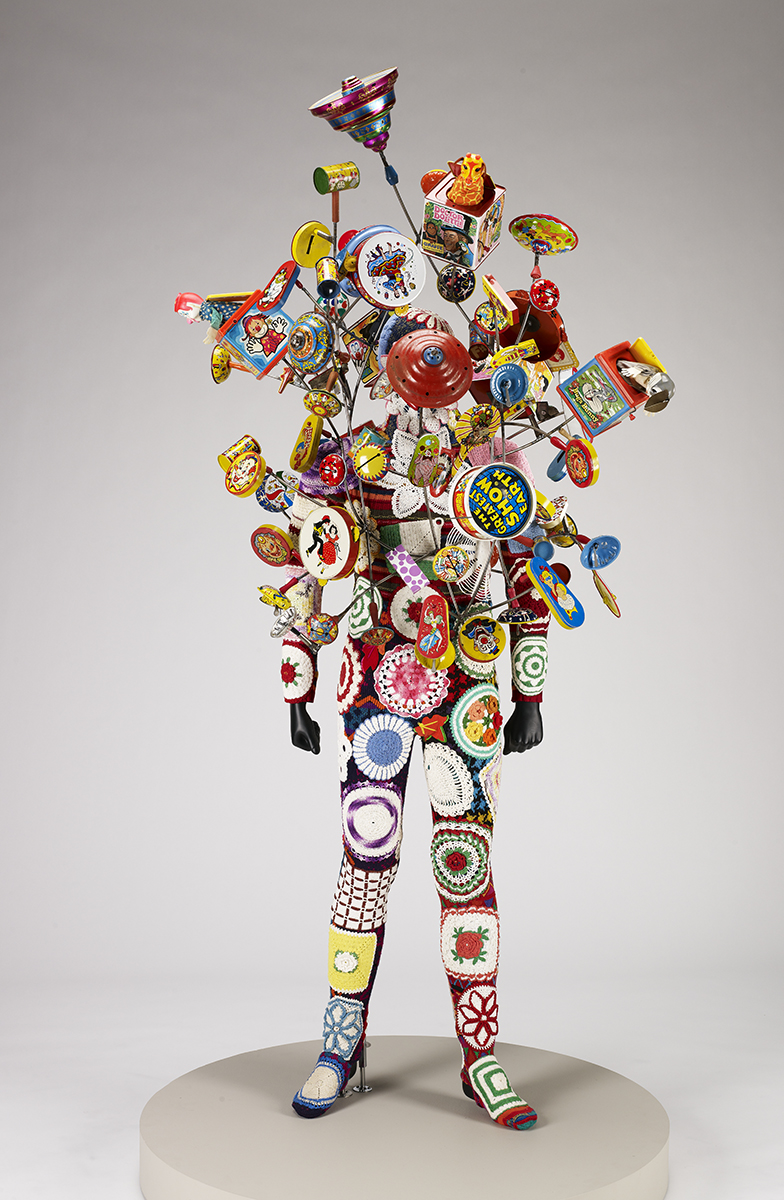Experiential activities
As with props, experiential activities activate other senses. After choosing your artworks for the tour, consider providing a couple opportunities for movement and sound activities. Experiential activities do not need to be complicated. As mentioned, they can be as simple as having students strike a pose they see reflected in an artwork. Following are some examples of activities observed or shared.
 Figure 23
Figure 23
 Figure 24
Figure 24
 Figure 14
Figure 14